In my opinion, some of the most awe-inspiring animals in the world start with the letter E. I’ve pulled together a list of 50+ animals starting with the letter E.
After you breeze through the list, I’ve included a closer look at my top 15 favorite animals that start with E to help you get familiar with some of these critters.
50+ Animals That Start With E
- Eagle
- Elk
- Elephant
- Eel
- Egret
- Ermine
- Eland
- Elder
- Earthworm
- Eartheater
- Eared Seal
- Earth-colored mouse
- East African mole rat
- East African long-eared elephant shrew
- Earless water rate
- Eastern chestnut mouse
- Easter chipmunk
- Eastern cottontail rabbit
- Eastern European hedgehog
- Eastern fox squirrel
- Emu
- Elephant seal
- Emperor penguin
- Emerald tree boa
- Emperor angelfish
- Egyptian goose
- European badger
- European polecat
- Eagle ray
- Eastern pygmy possum
- Ecuadorean spiny rat
- Ecuadoran rice rat
- Eastern spotted skunk
- Edward’s swamp rat
- Edward’s long-clawed mouse
- Edith’s leaf-ear
- Eider
- Eld’s deer
- Embi mole rat
- Emerald tree boa
- Emperor tamarin
- Ethiopian hare
- Eurasian lynx
- Eared dove
- Eastern kingfisher
- Eastern hellbender
- Ecuadorian poison frog
- Eaton’s skate
- Electric ray
- European smelt
- Eventooth shark
Animals Starting With E: A Closer Look At 15 Favorites
A wide range of animals start with the letter E. While I can’t write about every animal under the sun, I can share more information about some of my favorite animals starting with the letter E.
Eagle
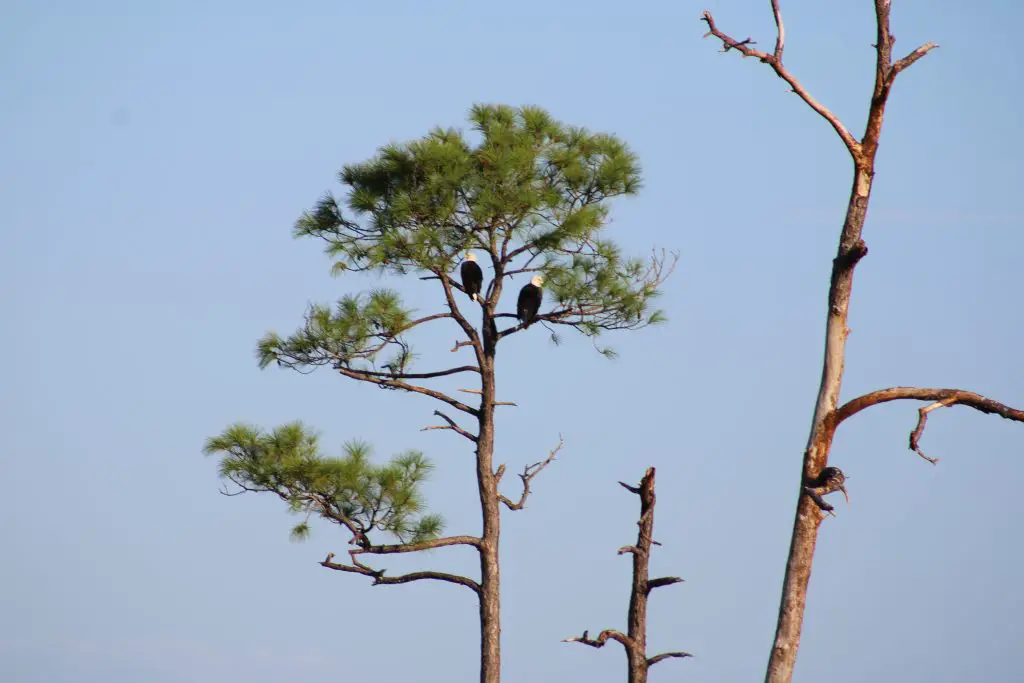
The majestic eagle, a symbol of power and freedom, is a remarkable bird that commands attention with its awe-inspiring presence. Physically, eagles are characterized by their large size, strong beaks, and formidable talons. They boast a wingspan that can stretch from 6 to 7 feet, with keen eyesight that aids them in spotting prey from great distances. Their distinctive hooked beaks are perfect for tearing into the flesh of their catch.
Eagles are found in a variety of habitats, showcasing their adaptability. While some species prefer coastal regions and wetlands, others thrive in mountainous terrain and open plains. Their nests, known as eyries, are often situated high in trees or on cliffs, offering a strategic vantage point for hunting and raising their young.
One fascinating aspect of eagles is their exceptional flying abilities. They are known for their incredible soaring skills, utilizing thermal updrafts to cover vast distances with minimal effort.
Bald eagles, the national bird and symbol of the United States, are particularly famous for their striking white heads and tails, which develop as they mature. And they happen to be my favorite type of eagle. Each year, I participate in a citizen’s science project that monitors the success of eagle nests across the state of Florida. Watching eaglets fledge is an amazing experience.
Elephant
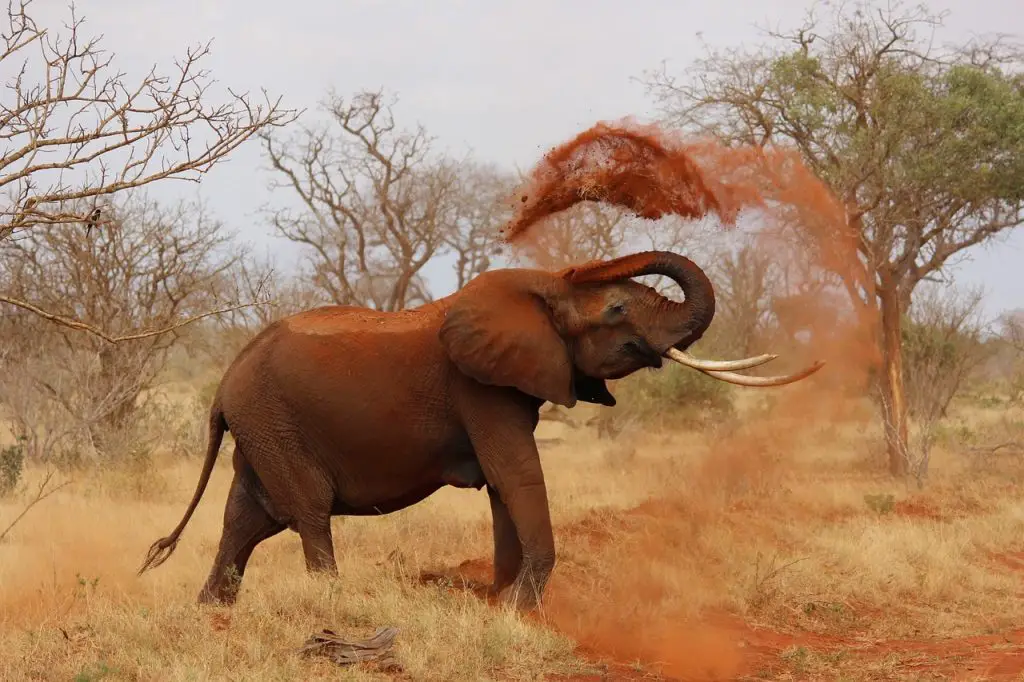
Elephants captivate with their immense size and intelligence. Physically, elephants are characterized by their long trunks, large ears, and tusks. Their trunks, an elongated fusion of the nose and upper lip, serve as a versatile tool for grasping objects, drawing in water, and even expressing emotions. Elephants display a remarkable level of intelligence, with complex social structures and the ability to exhibit problem-solving skills.
Habitat preferences for elephants vary between species, but they are commonly found in savannas, forests, and grasslands. African elephants, the larger of the two species, thrive in diverse habitats across the continent, while Asian elephants are typically found in grasslands and forests in Asia. These intelligent creatures are known for creating well-worn pathways in their habitats, forging intricate trails known as elephant highways.
Earthworm
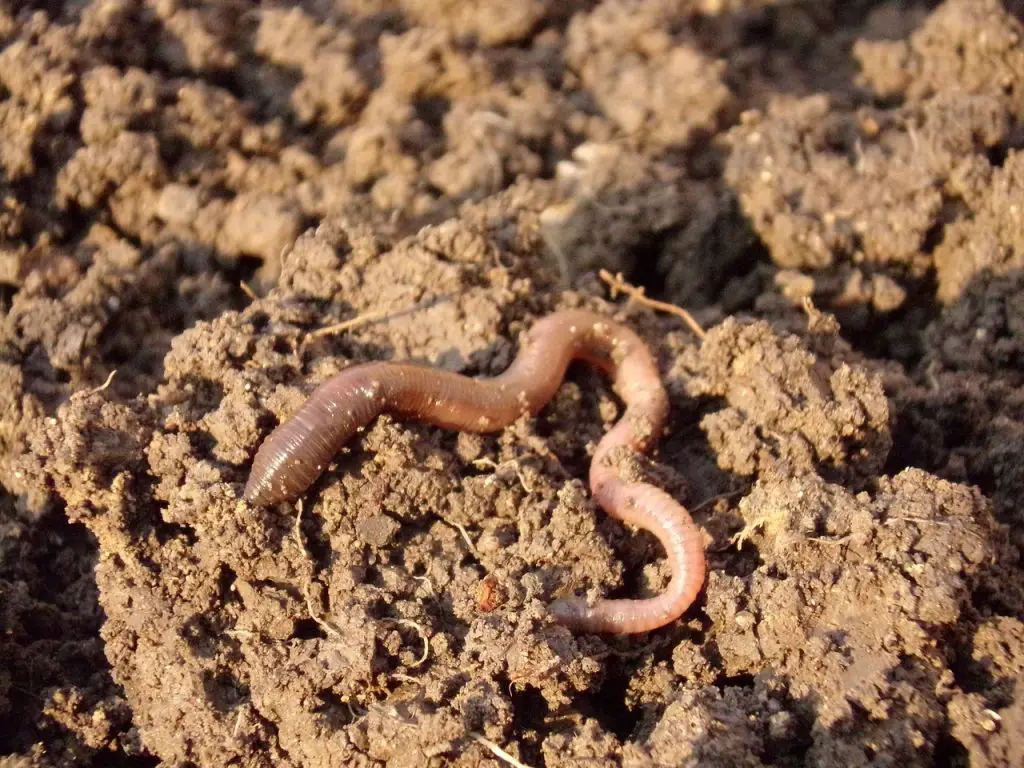
The unassuming earthworm, often overlooked in the realm of wildlife, plays a vital role in maintaining the health of our ecosystems. Their seemingly simple appearance hides their crucial role as ecosystem engineers.
Earthworms thrive in moist, aerated soils and are commonly found in gardens, agricultural fields, and forests. Their habitat preferences are closely tied to soil quality, and they contribute significantly to soil health through their burrowing activities. These industrious creatures tunnel through the soil, enhancing aeration and drainage, promoting nutrient cycling, and creating channels for plant roots.
If you want to find animals starting with the letter E, consider looking under pots for an earthworm or two.
Egret
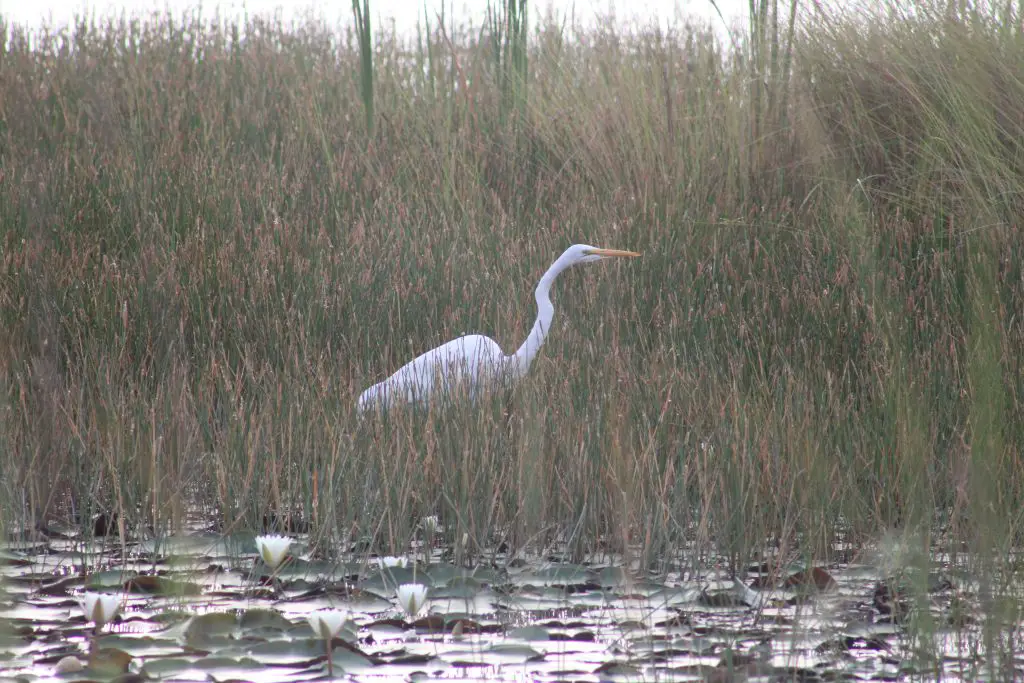
Egrets, with their elegant appearance and graceful demeanor, are a group of wading birds that add charm to wetland habitats around the world. Physically, egrets are characterized by long legs, slender necks, and distinctive plumage. They often boast pristine white feathers, although some species may exhibit subtle hues of buff or gray during the breeding season.
Egrets predominantly inhabit wetlands such as marshes, swamps, and coastal areas, where they can find an abundant supply of fish, amphibians, and invertebrates. Their long legs and sharp bills make them adept hunters, patiently stalking their prey before striking with precision.
Emu
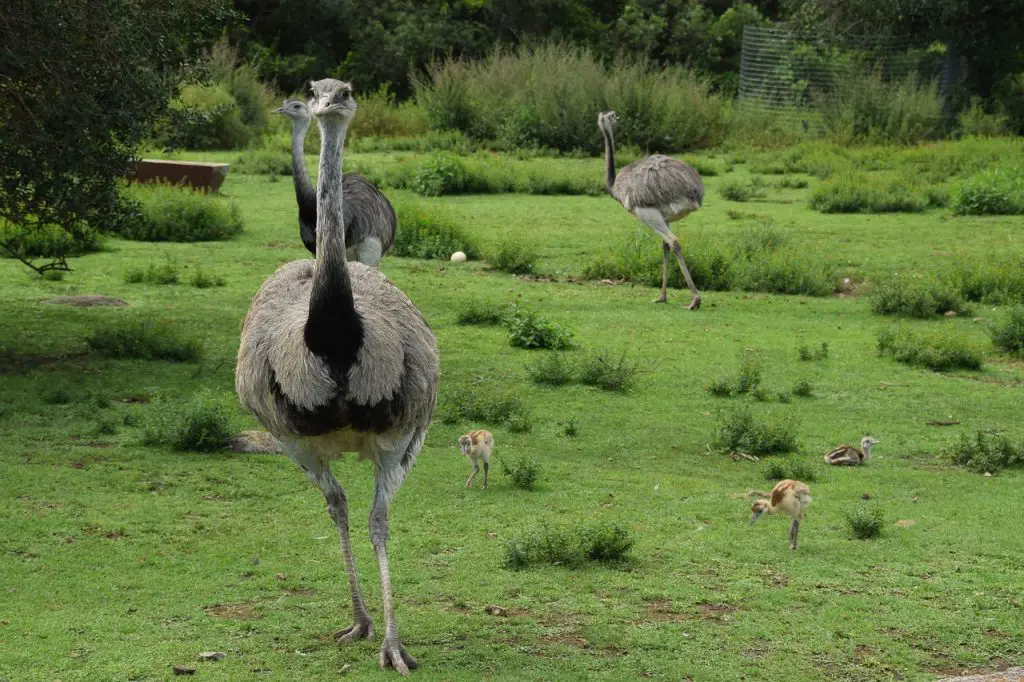
The emu, native to Australia, is an iconic flightless bird. Physically, emus are characterized by their tall stature, reaching up to six and a half feet in height, and their long legs adapted for swift running. Their feathers are mostly brown, providing effective camouflage in their natural habitats. Emus also possess small, vestigial wings that are used for balance rather than flight.
One unique fact about emus is their remarkable parenting strategy. After laying large, dark-green eggs, it is the males who take on the responsibility of incubating and caring for the chicks. This role reversal is a fascinating aspect of emu behavior and sets them apart from many other bird species.
Egyptian goose
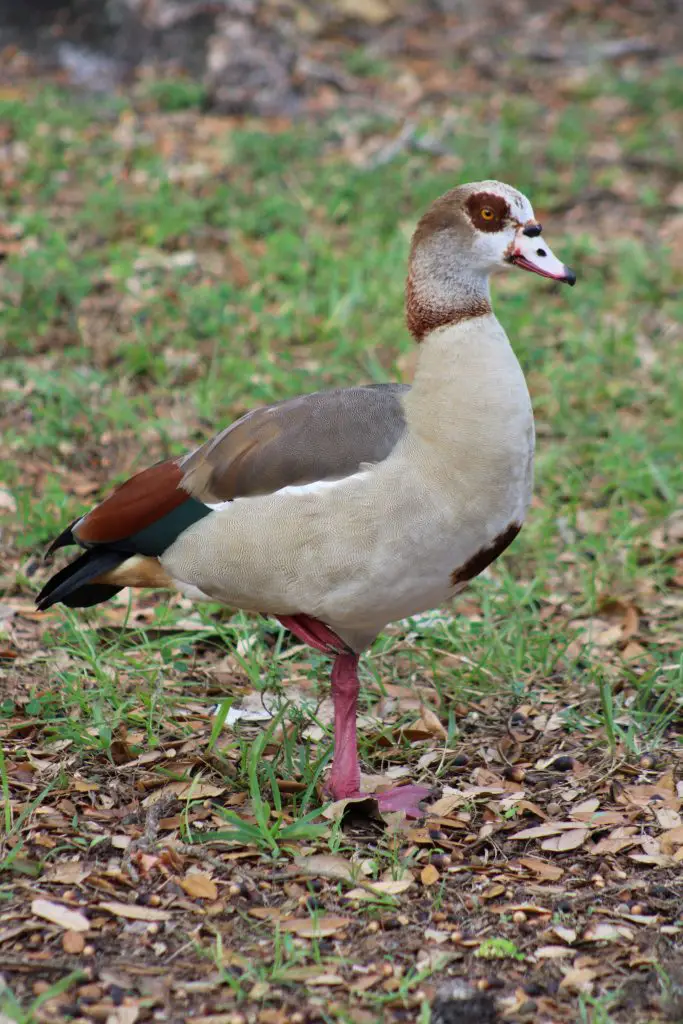
The Egyptian Goose displays a mix of colors, featuring a chestnut brown eye patch, pink legs, and a contrasting white body adorned with intricate brown markings. Their overall appearance is enhanced by a distinctive dark eye ring and a patch of green on the wings.
While native to Africa, these geese have established new populations in both the U.K. and the United States after escaping from captive collections.
Eurasian lynx

The Eurasian Lynx is the largest lynx species, with powerful limbs, tufted ears, and a short tail, creating a formidable and stealthy predator. These elusive cats prefer dense boreal and deciduous forests, where they can utilize their exceptional climbing and leaping abilities for hunting. Their habitat range can extend from the snowy landscapes of Scandinavia to the rugged terrains of the Himalayas.
Emerald tree boa
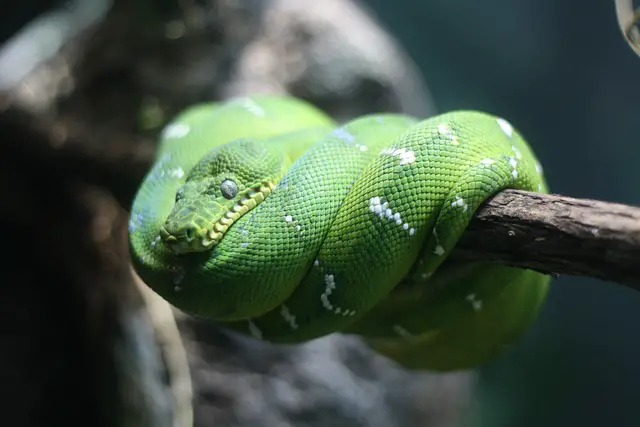
The Emerald Tree Boa, a mesmerizing serpent with its vibrant green coloration, is a striking inhabitant of the rainforests of South America. With a slender body and large eyes, the emerald tree boa is adept at maneuvering through the dense canopy, coiling itself gracefully around tree branches.
Its arboreal lifestyle is complemented by a prehensile tail, allowing it to anchor securely to branches while ambushing prey. Unlike most boas, which lay eggs, this species gives birth to live young. This reproductive strategy is relatively rare among snakes and contributes to the boa’s ability to thrive in its arboreal habitat.
Eel
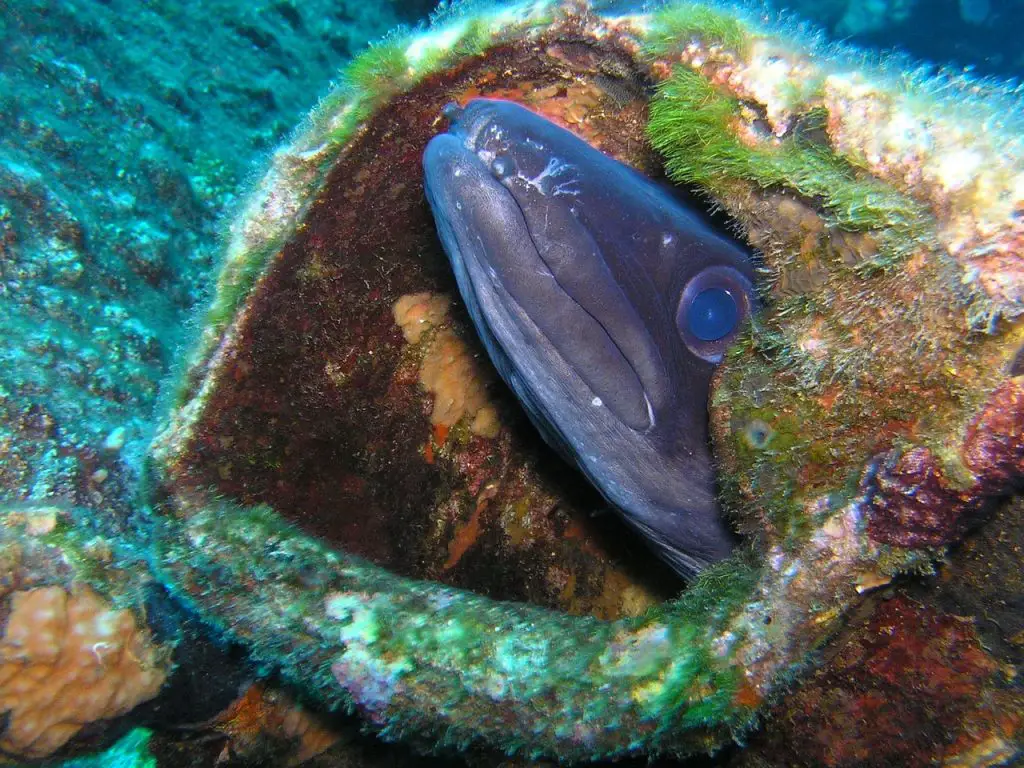
The enigmatic eel, with its sleek and elongated body, is a fascinating aquatic creature that traverses both freshwater and saltwater environments. Physically, eels are characterized by their snake-like appearance, lacking pelvic and pectoral fins. Their skin is typically smooth and slimy, providing an efficient means of movement through water.
One of the most intriguing aspects of eels is their complex life cycle. They begin as transparent larvae in the open ocean, transform into glass eels as they enter freshwater, and eventually mature into pigmented adults. The American and European eels share a mysterious phenomenon known as the “silver eel” stage, where they undergo long migrations back to their spawning grounds.
Emperor penguin
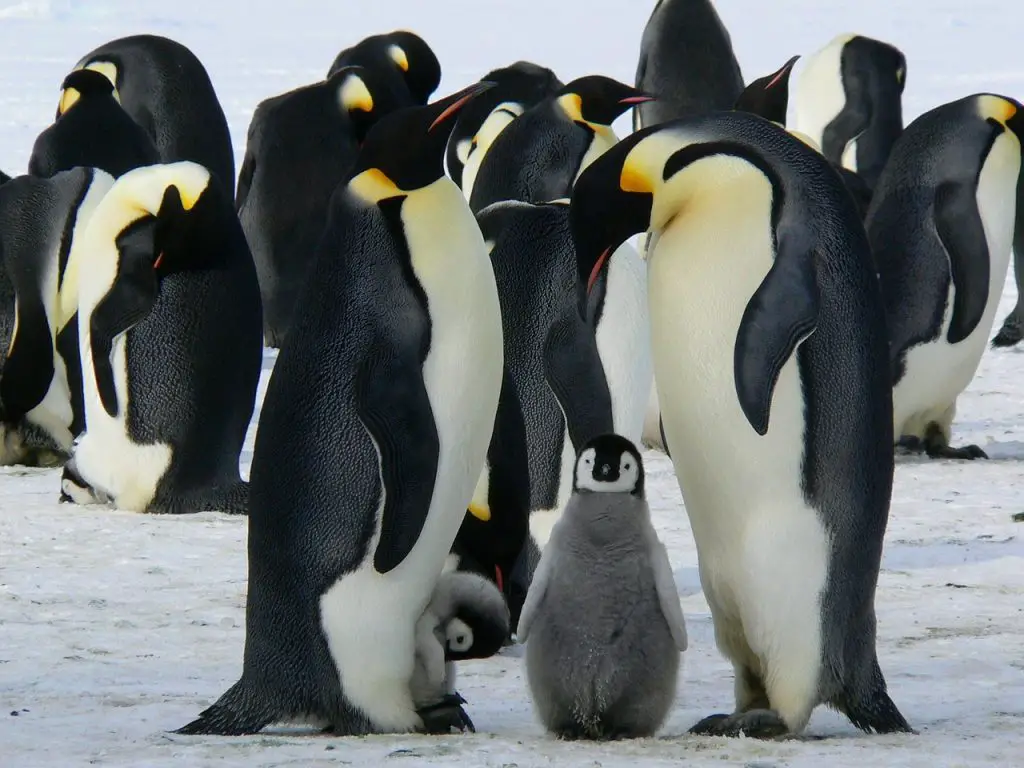
Emperor penguins are the largest of their kind, standing at around 45 inches tall and weighing up to 90 pounds. Their striking black and white plumage, coupled with a golden-yellow patch on their chest, sets them apart in the frigid landscape they call home.
They are highly adapted to their icy surroundings, utilizing their dense plumage and a layer of blubber to withstand the freezing temperatures. Emperor penguins are equally adept at swimming, reaching remarkable depths in search of their primary prey—fish, squid, and krill.
Each year, they undertake an extraordinary journey to reach their nesting colonies, where they endure the harsh Antarctic winter. During this time, the male emperor penguins take on the responsibility of incubating the eggs in a huddle, providing warmth to withstand temperatures that can plummet below -40 degrees Fahrenheit.
Eagle ray

The eagle ray has a flattened body and wing-like pectoral fins, resembling the shape of an eagle’s wings. Their long tails often have venomous spines, adding a layer of defense against potential predators.
Eagle rays prefer warm tropical and subtropical waters. (Just like this Florida girl!) If you want to find one, you’ll need to look in coastal areas, lagoons, and coral reefs. Their striking appearance and graceful swimming patterns make them a sought-after sight for divers and snorkelers in these vibrant marine ecosystems. Eagle rays can leap out of the water, a behavior believed to be related to feeding or communication.
Ermine

The ermine, also known as the stoat or short-tailed weasel, is a small carnivorous mammal that boasts a captivating yet elusive presence. You can find ermines in a variety of habitats, including grasslands, forests, and tundra regions across North America, Europe, and Asia.
Ermines exhibit a slender body, short legs, and a distinctive coat that changes color with the seasons. In winter, their fur turns pure white, serving as both insulation and camouflage in snowy landscapes, while during the warmer months, it transitions to a brown color with a white underbelly.
Eared dove

The eared dove, a charming bird native to South America, graces the skies with its distinctive appearance and gentle cooing calls. Their most noticeable feature is the small black mark behind each eye, which gives them their name.
Eared doves have prolific breeding habits, with pairs often producing multiple broods in a single year. This reproductive strategy has contributed to the species’ success and abundance in their chosen habitats.
European smelt
The European smelt, a slender and silvery fish, holds a notable place in aquatic ecosystems, particularly in the waters of Europe. Physically, these fish have an elongated body, typically measuring around 15-20 centimeters in length, with a distinct blue-green back and a silver-white belly. During the spawning season, their colors intensify, and males develop a characteristic hook on their upper jaw.
Eastern fox squirrel

The Eastern fox squirrel boasts a robust body, ranging from 18 to 24 inches in length, with a luxuriously long and fluffy tail that can measure almost as much. Their fur exhibits a mix of colors, typically featuring shades of gray, brown, and rust.
Eastern fox squirrels are highly adaptable. You can find them in a diverse range of environments, including woodlands, urban parks, and suburban areas. They are particularly fond of hardwood forests where they can forage for nuts, seeds, and fruits. Their strong hind limbs and sharp claws aid in climbing trees, while their keen eyesight helps them navigate their surroundings.
Animals Starting With E: Frequently Asked Questions
You have questions about animals that start with E. We have answers.
What is a land mammal that starts with E?
Elephants are popular land mammals that start with E.
What bird starts with E?
A few birds that start with E include eagles, egrets, and eared doves.
What sea creature starts with an E?
An eagle ray is one of many sea creatures that start with an E.
The Bottom Line
Animals that start with E represent a wonderful subset of the natural world. Which animals starting with E will you seek out next?